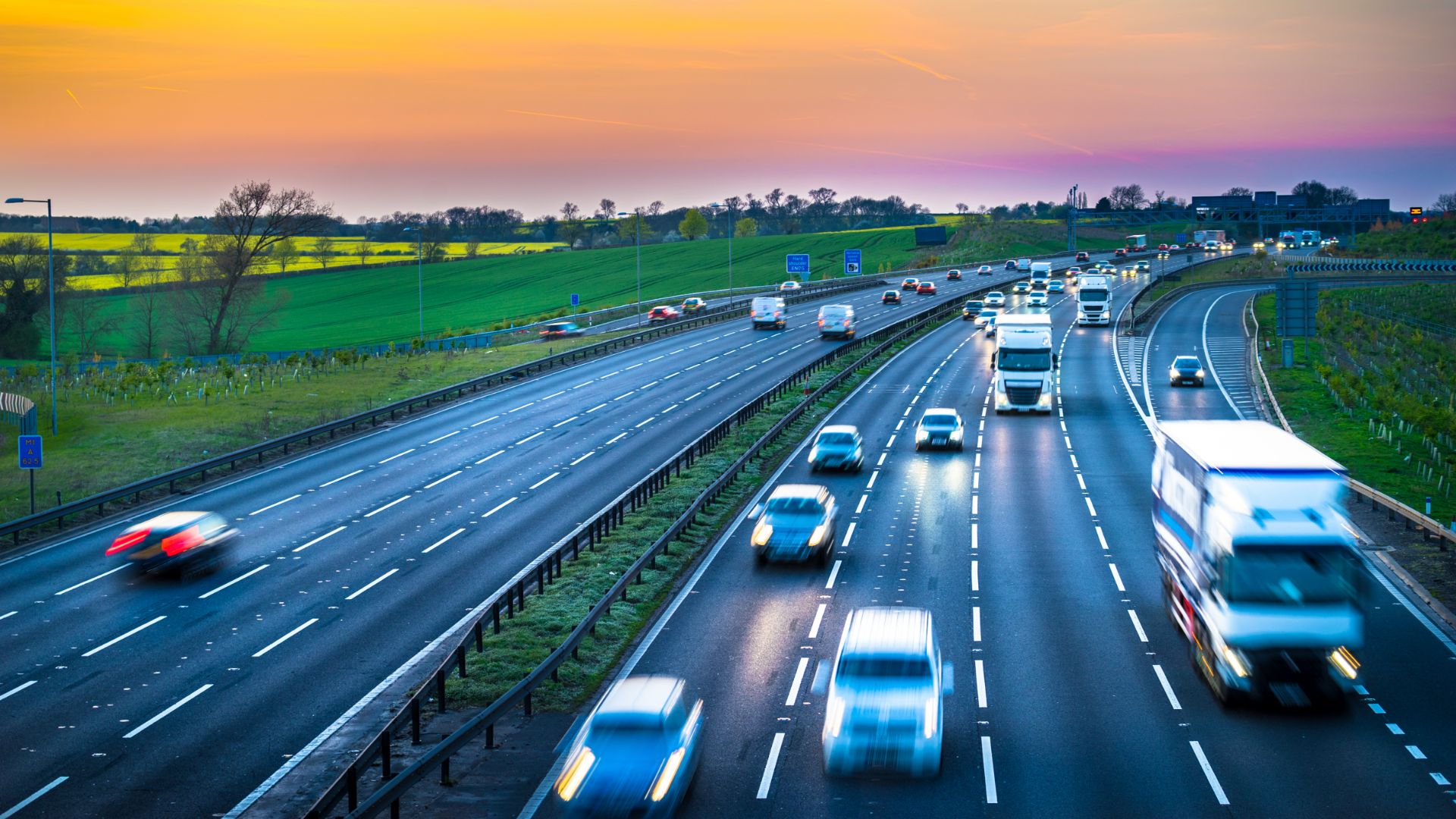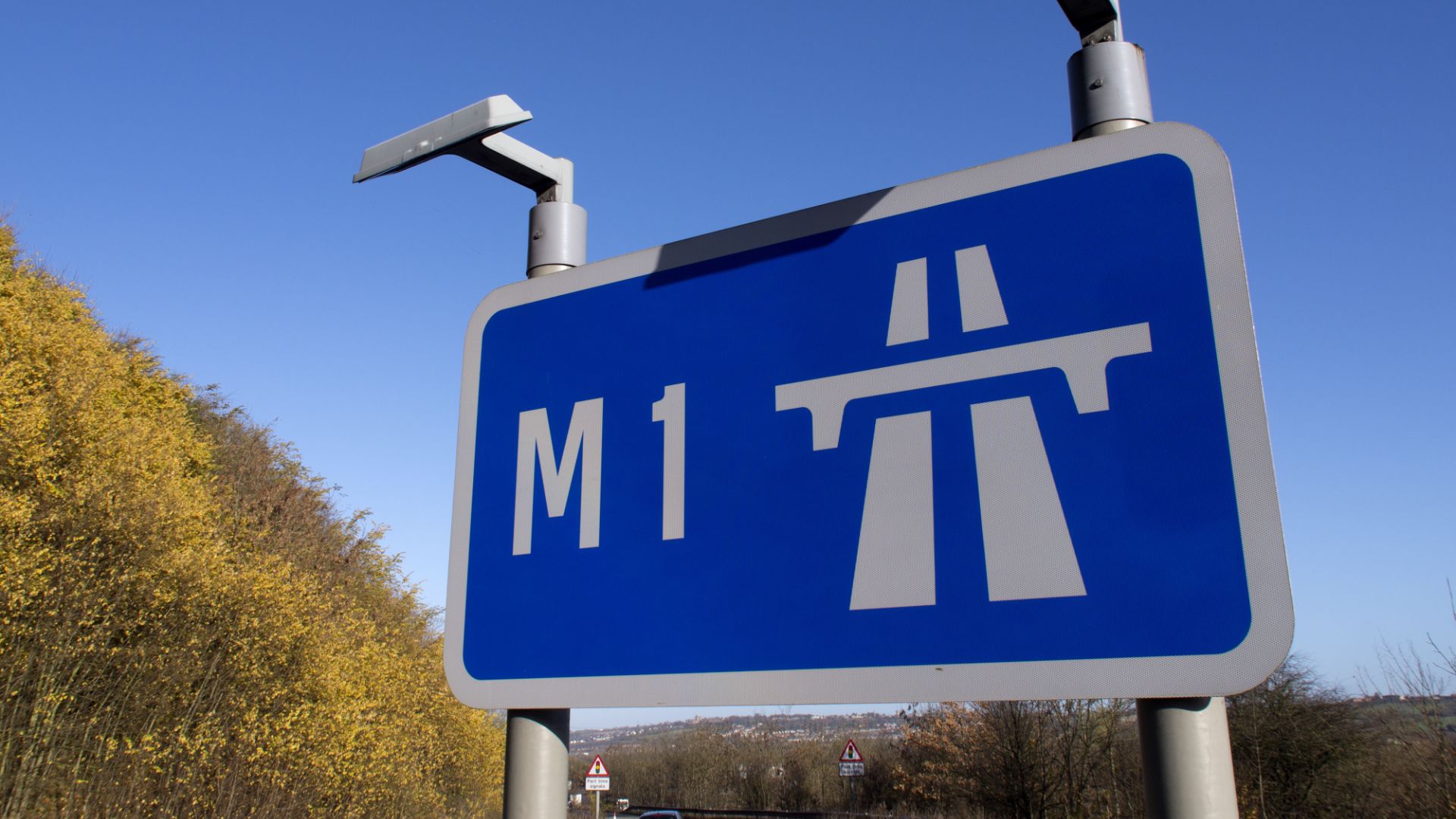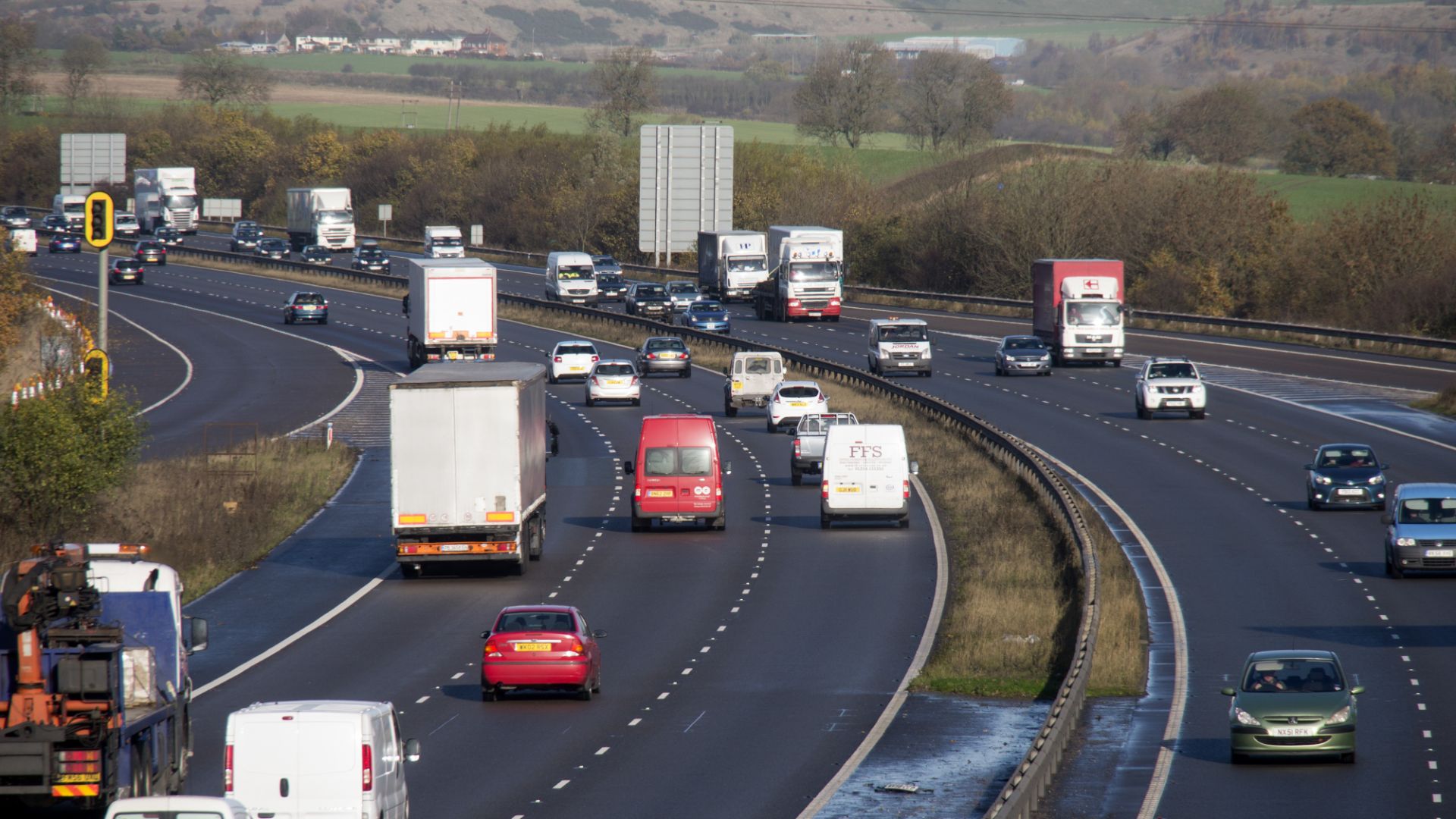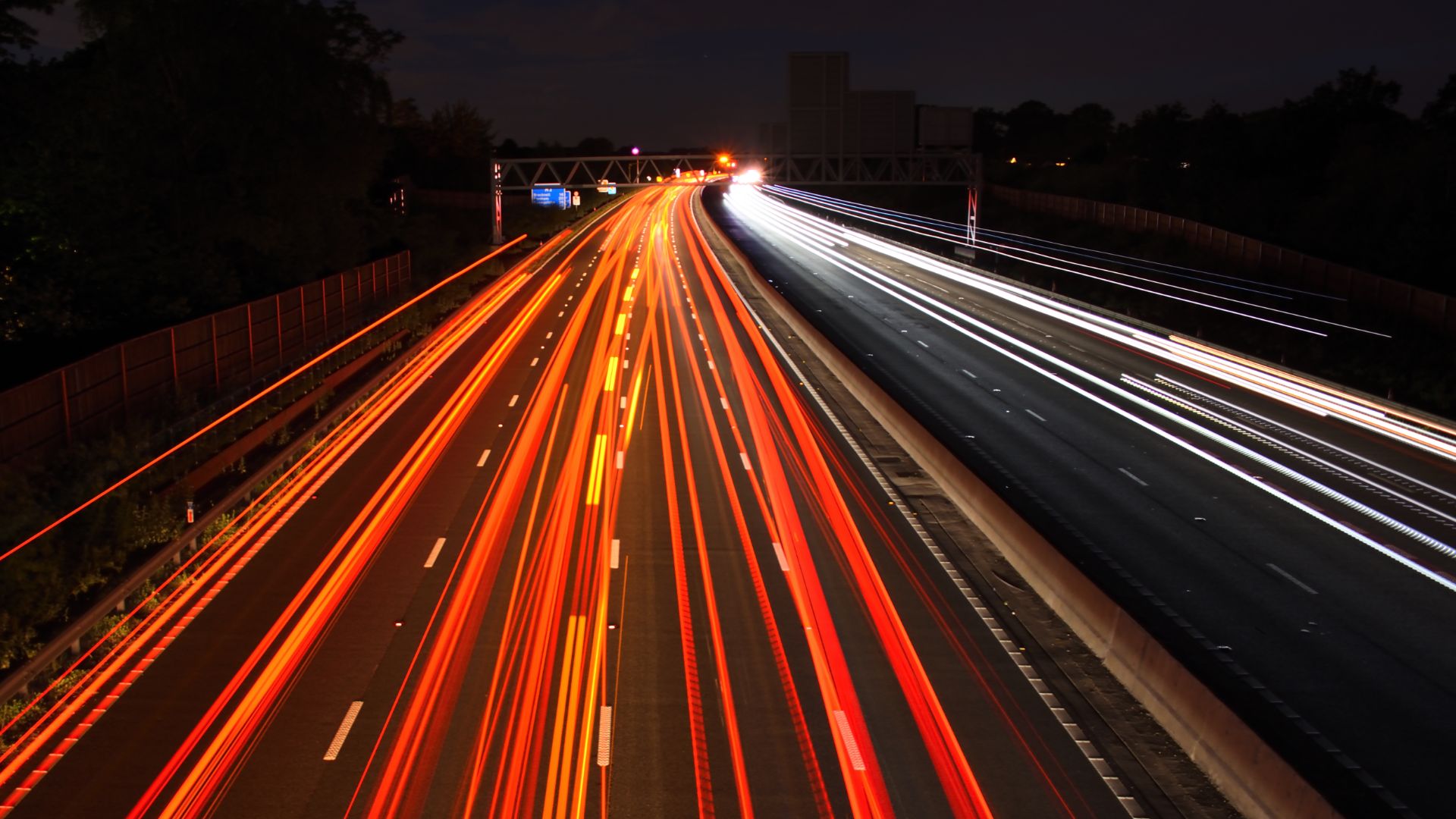
Emergency areas on smart motorways in Yorkshire will get a makeover to improve safety. The upgrades will involve extra signs to show drivers the distance to the next emergency area. Each area will also get a marked-out box showing where it’s best to stop.
The aim is to make things clearer for drivers and help recovery teams sent to help those using the emergency areas.
Highways England also wants to ensure drivers are discouraged from using these areas when the situation doesn’t call for it.

These changes are due to roll out on the M1 between junctions 28 (Alfreton, Derbyshire) and 35a (Stocksbridge bypass), plus 39 and 42 (Denby Dale).
They will also be seen on the M62 between junctions 25 (Rothwell) and 30 (Brighouse). There are 56 emergency areas within these sections of road that will receive the upgrades.
Overall, Highways England plans to enhance 347 emergency areas, with 150 upgraded so far. Future emergency areas will be closer together, too. At present, they come every mile and a half. Those constructed from 2020 will have no more than a mile of road between them.
“We recognise that as well as being safe, drivers want to feel safe and we have and will continue to make some changes to the design of motorways,” said Paul Unwin of Highways England.
- Delays on the UK’s major roads are getting longer

- Saudi oil attacks: are fuel costs about to skyrocket?
“This includes making emergency areas more visible by making them bright orange which should also discourage drivers from using them in non-emergency situations.”
Explained: Smart motorway emergency areas
Smart motorways effectively turn hard shoulder lanes into active lanes when they’re not needed for emergencies. Emergency areas are a partial layby even further out to the left.
They’re designed as a refuge for cars that need to stop, offering the instant protection that an active hard shoulder can’t.
- Who you gonna call? M6 motorway crashes allegedly caused by ghosts

Each area has an SOS phone that drivers must use to speak with a Highways England employee, before re-joining the motorway if they’re able. Traffic officers can be dispatched to help them get back on the road.
“Smart motorways are as safe as traditional motorways, which are already among the safest roads in the world,” Unwin continues.
“These redesigned emergency areas support our drive to improve awareness of smart motorway driving as part of our planned programme of work, including what to do in an emergency and when to use an emergency area.”